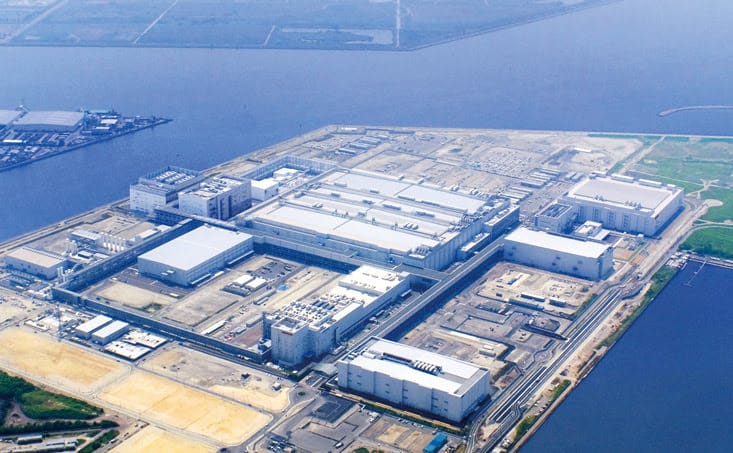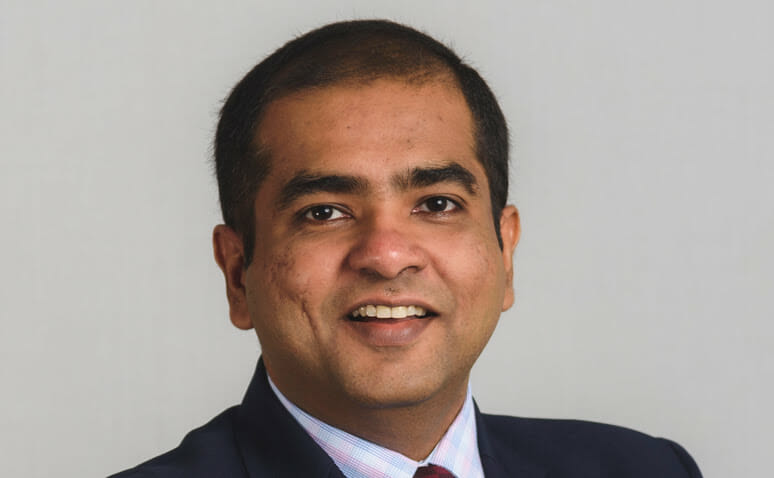
The sale of Osaka’s Sharp Sakai LCD factory for a data centre conversion led first-half deals (Image: Sharp)
Asia Pacific added nearly 2.3 gigawatts to its data centre pipeline in the first half of 2025 as more operators sought to build facilities equipped to handle artificial intelligence workloads, according to Cushman & Wakefield.
The region’s development pipeline rose by 2,282 megawatts, up 16 percent from the end of 2024, to reach 16,620MW at the end of June, the consultancy said in a data centre update. The newly planned capacity is roughly equivalent to the current operational capacity of India (1.3GW) and Singapore (1GW) combined.
The figures reflect a 193 percent jump in Thailand from a low base and a 70 percent increase in Malaysia, with the two Southeast Asian nations combining to account for 64 percent of the new planned capacity during the half. APAC’s total operational capacity now stands at 12.7GW, with 3.2GW under construction and a further 13.3GW in the planning stages.
“Capital markets remained robust, signalling continued investor confidence in Asia Pacific’s digital infrastructure,” Cushman & Wakefield said. “A surge in private equity acquisitions highlighted the sector’s appeal as a long-term investment and growing demand for AI-ready and hyperscale platforms.”
Operational Nears 14GW
APAC has 1.4GW of projects in progress scheduled for delivery by the end of 2025, when operational capacity is expected to surpass 14GW, according to the report. Mainland China continues to hold a commanding lead in operational capacity with 4.6GW, followed by Japan (1.5GW) and Australia (1.3GW).

Pritesh Swamy, APAC data centre research head at Cushman & Wakefield
In Bangkok, planned capacity surged 177 percent, from 186MW to 515MW, during the first six months of the year as under-construction capacity spiked 267 percent, from 46MW to 169MW, Cushman & Wakefield said. While operational capacity in the Thai capital grew only marginally to 109MW, a drop in vacancy from 24 percent to 16 percent signalled robust demand.
“Bangkok is increasingly gaining strategic importance and is quickly emerging as a key data centre hub in the Asia Pacific region,” the consultancy said.
Malaysian hotspot Johor added 160MW of new operational capacity, representing a 40 percent increase in just six months. Under-construction capacity in the market climbed 87 percent to 422MW as planned capacity grew 61 percent to 1,324MW. The expansion occurred before Malaysia’s introduction of new power tariffs in July, with analysts projecting a 10 to 14 percent increase in power costs for data centre operators.
“However, despite the anticipated rise, Malaysia continues to rank among the top three markets with the lowest power tariffs in the Asia Pacific region,” Cushman & Wakefield said. “As such, we do not expect any significant changes or disruptions to Johor’s position as a leading cloud and AI hub.”
Notable investments tracked by the consultancy in the first half were led by SoftBank’s $685.8 million purchase of the Sharp Sakai LCD factory in Osaka for conversion into an OpenAI data centre. Other big-ticket transactions included CapitaLand Ascendas REIT’s acquisition of a facility in Singapore from private trusts held by CapitaLand Group in a $364 million deal, as well as Bain Capital’s buy of two Hong Kong projects from Grand Ming for a total of $275 million.
Co-Location Workbook
Cushman & Wakefield reported in February that APAC’s co-location data centre pipeline would require more than $116 billion in funding for construction over the next five to seven years as demand grows.
The pipeline, which excludes hyperscale projects, stood at 12,452MW under construction or in late-stage planning at the end of 2024. Total capital required to build out the pipeline reached $116.2 billion.
More than 80 percent of the 12.5GW pipeline was held in the five key markets of Japan, India, Australia, mainland China and Malaysia, according to Cushman & Wakefield.

Leave a Reply